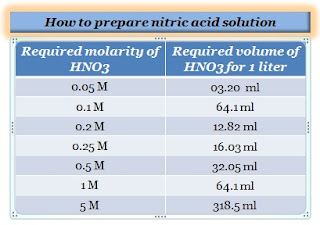A starch solution is widely used as an indicator, particularly in an iodometric titration, because it can absorb the I2 that is emitted. While titrated with a solution of standardized Na2S2O3, this absorption causes the color of the solution to change from dark blue to pale yellow. It represents the endpoint of the titration.
Compounds that change color when exposed to acidic/basic medium are known as indicators. The indicator is a weak acid or weak base that forms ions when dissociated in a solution. Color indicators are widely used to detect pH and can be added to the reaction mixture to determine the titration endpoint/equivalence point.
| Table of Contents: 1. Starch as an indicator 2. How does starch work as an indicator 3. Why does iodine turn starch blue |
In titrations such as acid-base, redox, complexometric, and precipitation there are three types of indicators: natural, artificial, and olfactory indicators are used to identify whether a substance is acidic or basic.
Phenolphthalein, bromothymol blue, methyl red/orange are often used in the laboratory or for practical purposes. A pH paper, universal indicator, litmus paper (blue or red), and pH meter are commonly used to determine the pH of a substance.
Starch as an indicator:
In titrations of titrations involving Iodine solutions, starch solutions are used as indicators to detect the endpoint or equivalence point of the reaction. In the presence of iodide ion, starch combines with iodine to form a strongly blue-colored complex that is visible at very low iodine concentrations, making it an excellent indicator in both direct and indirect iodometric titrations.
It forms a very dark blue-black complex with triiodide. However, If only iodine or iodide (I) is present, the complex does not form.
Iodine test:
It is often used to use iodine to test for the presence of starch. A solution of I2 and KI in water has a light orange-brown color. When it's mixed with a sample that contains starch, it turns a dark blue color. However exactly, how does this color change work? Let’s check it.
How does starch work as an indicator:
Starch is a carbohydrate found in plants, consists of 2 types of polysaccharides, each of which is composed of glucose units connected in one of two ways. The linear amylose and the branched amylopectin are the two types of amylose. The blue color is caused by a chemical called amylose. Its chain is formed like a helix, and iodine can be bound inside it.
Charge-transfer complexes:
Charge transfer complexes are responsible for the color. Potassium iodide (KI) is used because molecular iodine (I2) is not easily soluble in water, combined, they form polyiodide ions. In these compounds, the negatively charged iodide works as a charge donor, while the neutral iodine acts as a charge acceptor.
Light can easily excite electrons in such charge-transfer complexes to a higher energy level. The light is absorbed in the process, and we can see its complementary color. The absorptions of the various species result in the Charge transfer a brownish color in the aqueous solution of polyiodides.
When amylose is added, a new charge transfer complex is formed, in which the amylose serves as a charge donor and the polyiodide acts as an acceptor. The color changes to dark blue when this compound absorbs light of a different wavelength than that of the polyiodide.
Why does iodine turn starch blue?
Because starch contains amylose, a soluble carbohydrate found in starch and other carbohydrates, that turns a deep shade of blue when combined with iodine. Iodine clings to the beta amylose molecules when introduced to a starch, because of their solubility.
The iodine is pushed into a line in the middle of the amylose coils by the starch, which results in a charge transfer among the iodine and the starch. The arrangement of electrons and energy level spacings changes as a result of this. The new spacing absorbs visible light differently and produces a deep blue color.
References:
- Wikipedia contributors. (2021, December 5). Iodine–starch test. In Wikipedia, The Free Encyclopedia. Available Here
- Libretexts. (2020, August 11). Starch and iodine. Chemistry LibreTexts. Available Here
- IAC Publishing. (n.d.). Why does iodine turn starch blue. Available Here
You may also like this:


